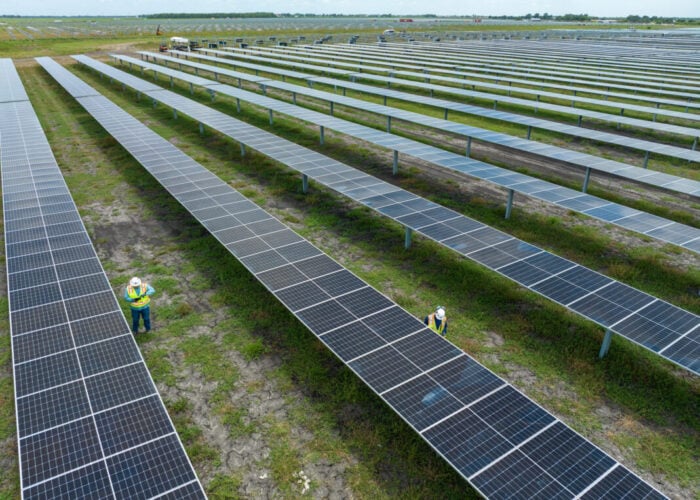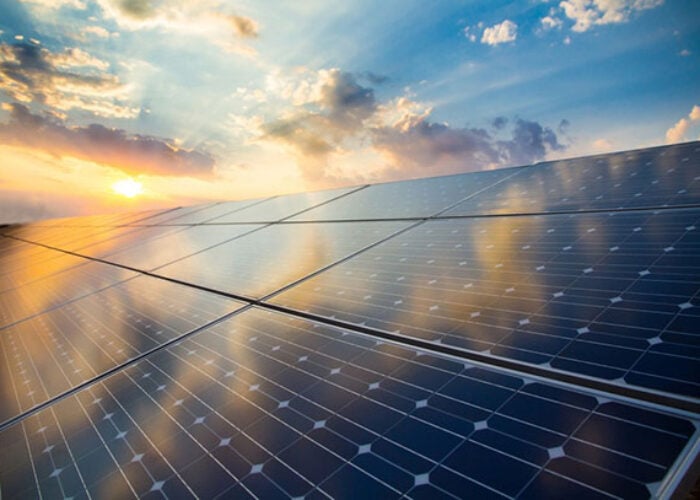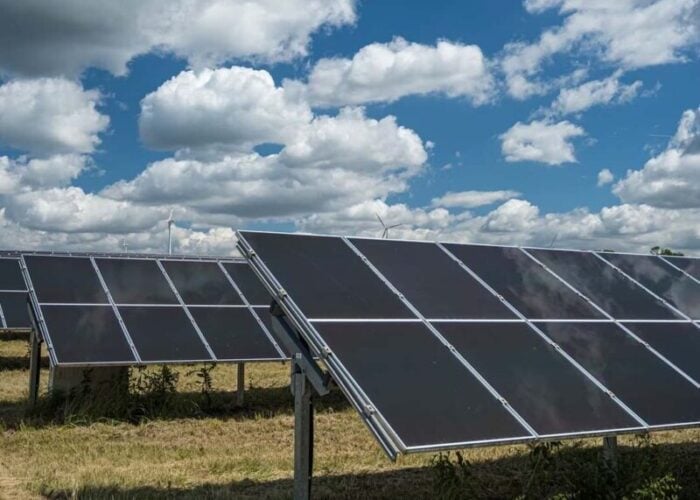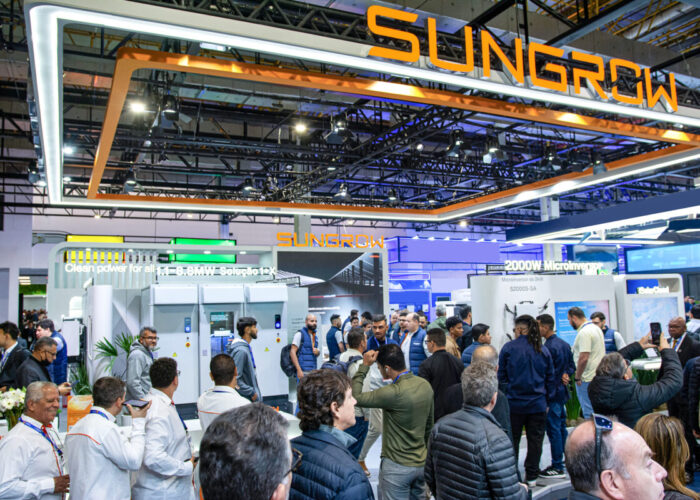solar cell efficiencies that have reached an efficiency of 17.4 percent
with the potential to scale to efficiencies above 20 percent with a
decrease in cell thicknesses, according to the R&D centre based in
Leuven, Belgium.
The breakthrough comes from several years of research
into a new cell concept dubbed ‘i-PERC’ (Passivated Emitter and Rear
Cell). The PERC technology was not previously applicable to volume
production solar cell applications; however the ‘i’ addition denotes
‘industrial’ use.
Unlock unlimited access for 12 whole months of distinctive global analysis
Photovoltaics International is now included.
- Regular insight and analysis of the industry’s biggest developments
- In-depth interviews with the industry’s leading figures
- Unlimited digital access to the PV Tech Power journal catalogue
- Unlimited digital access to the Photovoltaics International journal catalogue
- Access to more than 1,000 technical papers
- Discounts on Solar Media’s portfolio of events, in-person and virtual
According to IMEC, the new process uses very thin
silicon layers (<180µm) in which the classical Al back surface
field, covering the whole rear of the Si solar cell, is replaced by
local Al-alloyed contacts. In this process the rear is passivated by a
dielectric stack, in which the contact openings are realized by laser
ablation. Subsequently, an Al contact layer is evaporated which is
fired in a belt-line furnace to create local back-surface fields.
IMEC
also developed small-area crystalline Si solar cells with evaporated
contacts. Lab-scale silicon solar cells have been realized, where for
the first time the i-PERC process has been used as a method to
passivate the rear side and to create local contacts. At the front side
random pyramids are used in combination with a standard silicon nitride
layer to provide good optical properties and surface passivation.
The
evaporated Ti/Pd/Ag front contact grid is patterned by standard
lithography. First attempts immediately resulted in an efficiency of
19% with an impressive short-circuit current of more than 39mA/cm2, IMEC said.







